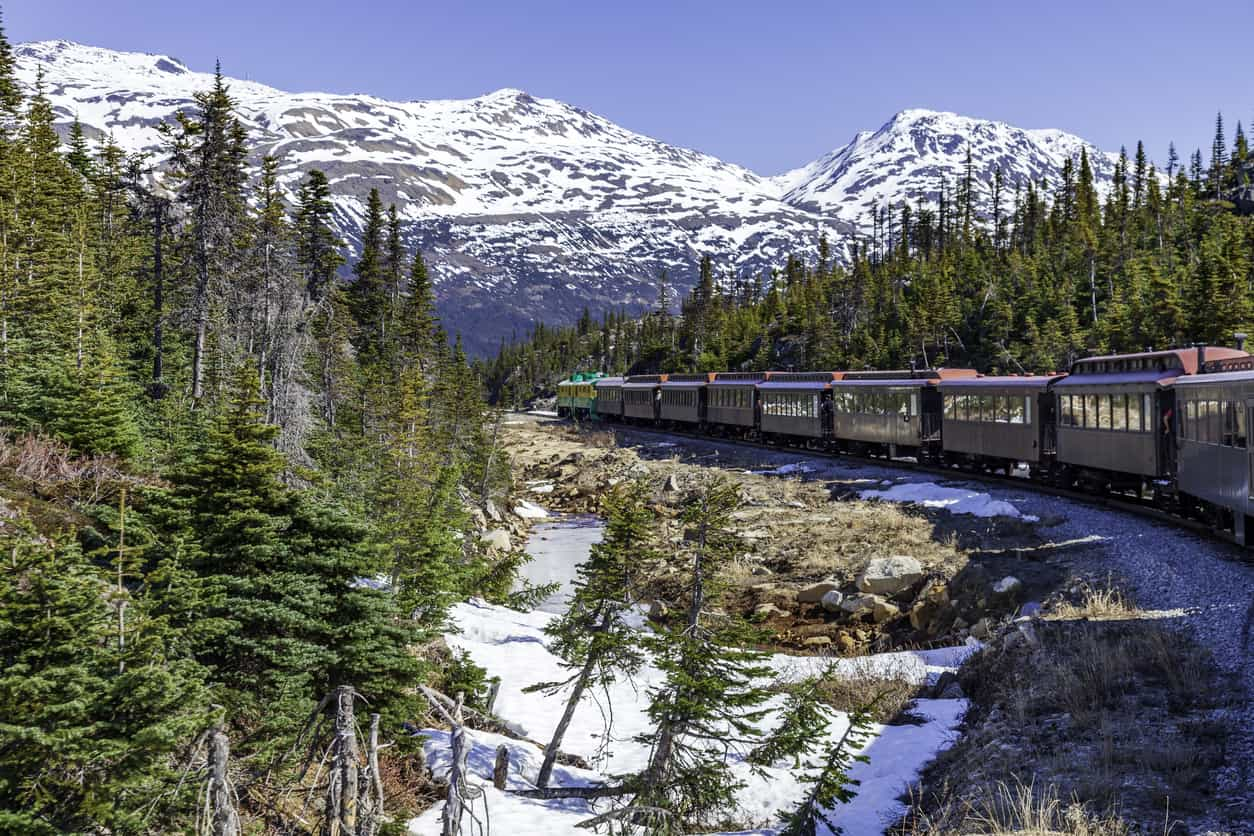The Car Shipping Journey Begins: Choosing the Right Service Choosing the right car shipping service ensures a smooth journey for your vehicle. Not all shipping companies offer the same benefits, and some cater specifically to certain routes. For example, shipping from Alaska’s remote areas requires a company familiar with its rugged terrains, while the tropical climate of Hawaii might demand a more specialized approach. To start, research companies, read reviews, and seek recommendations.
Alaskan Frontier: From Fjords to Freight Alaska, often dubbed “The Last Frontier,” presents unique challenges for car shipping, mainly due to its diverse terrain and remote areas.
Understanding Alaskan Infrastructure Transporting cars within Alaska often relies on the state’s major highways, such as the Alaska Highway and the Richardson Highway. These roads, despite being crucial, sometimes encounter issues from weather conditions, especially during the harsh winter months.
Hawaii’s Paradise: From Ports to Palms Hawaii, a beautiful archipelago in the Pacific, is no stranger to imported goods, including cars. The unique challenge here is not the infrastructure, but rather the limited space and the care needed to ensure vehicles remain pristine amid the salty air.
Selecting Hawaiian Shipping Ports When importing to Hawaii, you’ll primarily rely on the harbors in Honolulu, Hilo, and Kahului. Given the limited space, early booking and understanding the nuances of each port become essential.
The Cost Spectrum: Budgeting for Your Shipment Shipping a car doesn’t come cheap, especially when transporting between Alaska and Hawaii. Several factors contribute to the cost, including the size and model of the car, distance, shipping method (e.g., open vs. enclosed trailer), and the specific location.
Insurance Insights Accidents happen. It’s imperative to ensure that your shipping service provides comprehensive insurance. Inquire about the coverage details and any possible exemptions. For added peace of mind, consider purchasing additional insurance.
Preparing Your Vehicle: A Step-by-Step Guide A successful car shipping process begins with proper vehicle preparation.
Clean and Inspect Firstly, thoroughly clean your car, both inside and out. This not only helps in identifying any pre-existing damages but also ensures that your vehicle doesn’t carry any prohibited items.
Document Everything After cleaning, document any dents, scratches, or damages. Taking photographs can be particularly helpful if you need to file a claim later.
Personal Items and Prohibitions It’s tempting to pack your vehicle with personal items. However, avoid doing so. Not only can these items move around and damage your car’s interior, but they’re also typically not covered by shipping insurance.
Conclusion Shipping your car between Alaska and Hawaii is no small feat. With careful planning, understanding of both terrains, and the right shipping company, you can ensure a hassle-free transport. Whether you’re moving because of work, adventure, or family, take the time to understand and navigate the nuances of this unique shipping journey.
FAQ
- How long does it typically take to ship a car from Alaska to Hawaii?
The duration can vary based on the shipping company, route taken, and weather conditions. Typically, it can take anywhere from 2-4 weeks. - Are there any specific restrictions for shipping cars to Hawaii or Alaska?
Yes, both states have specific regulations and quarantine rules to prevent invasive species from entering. Ensure your car is clean and free from any soil or foreign pests. Always check with your shipping company for detailed guidelines.





